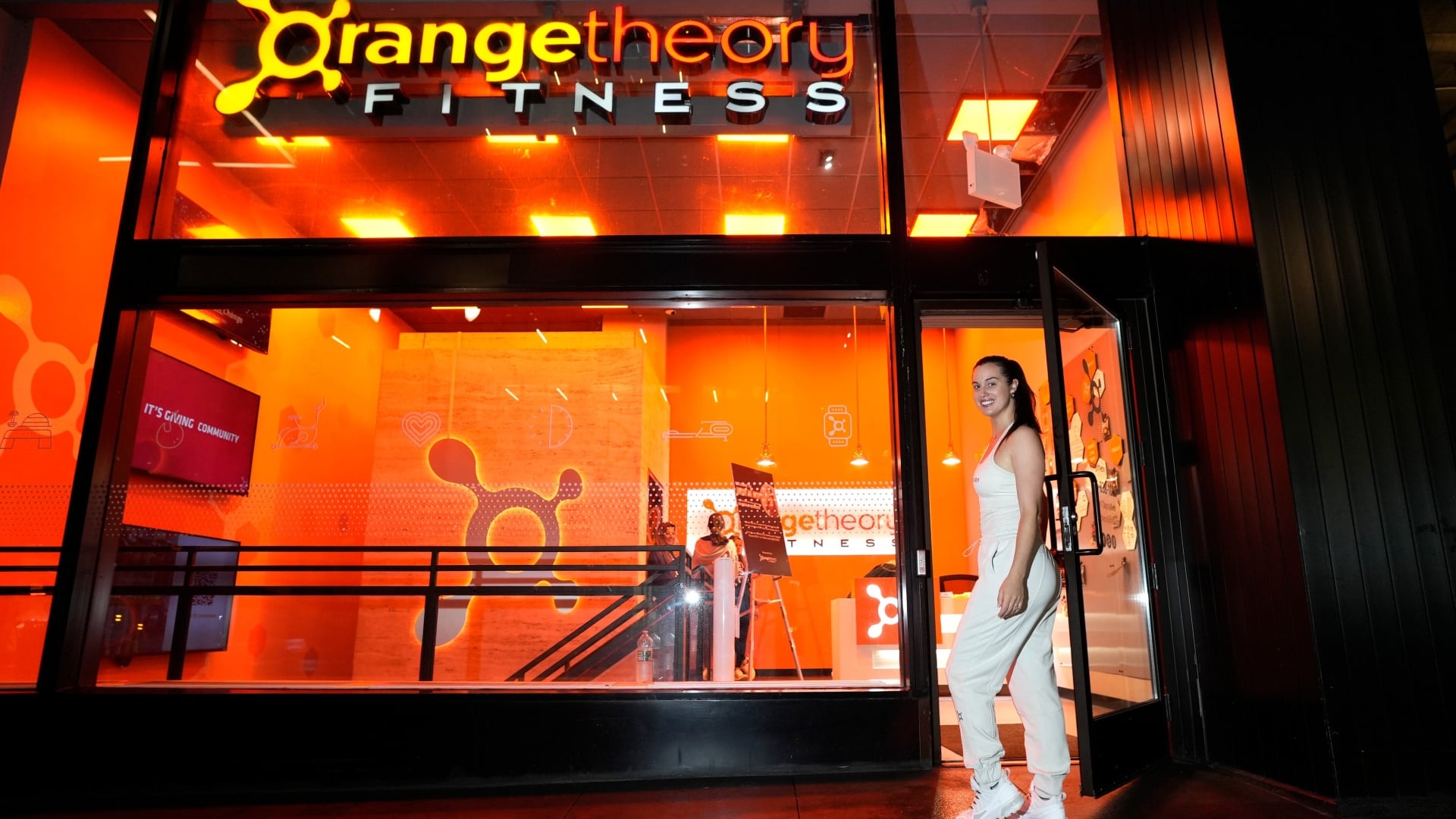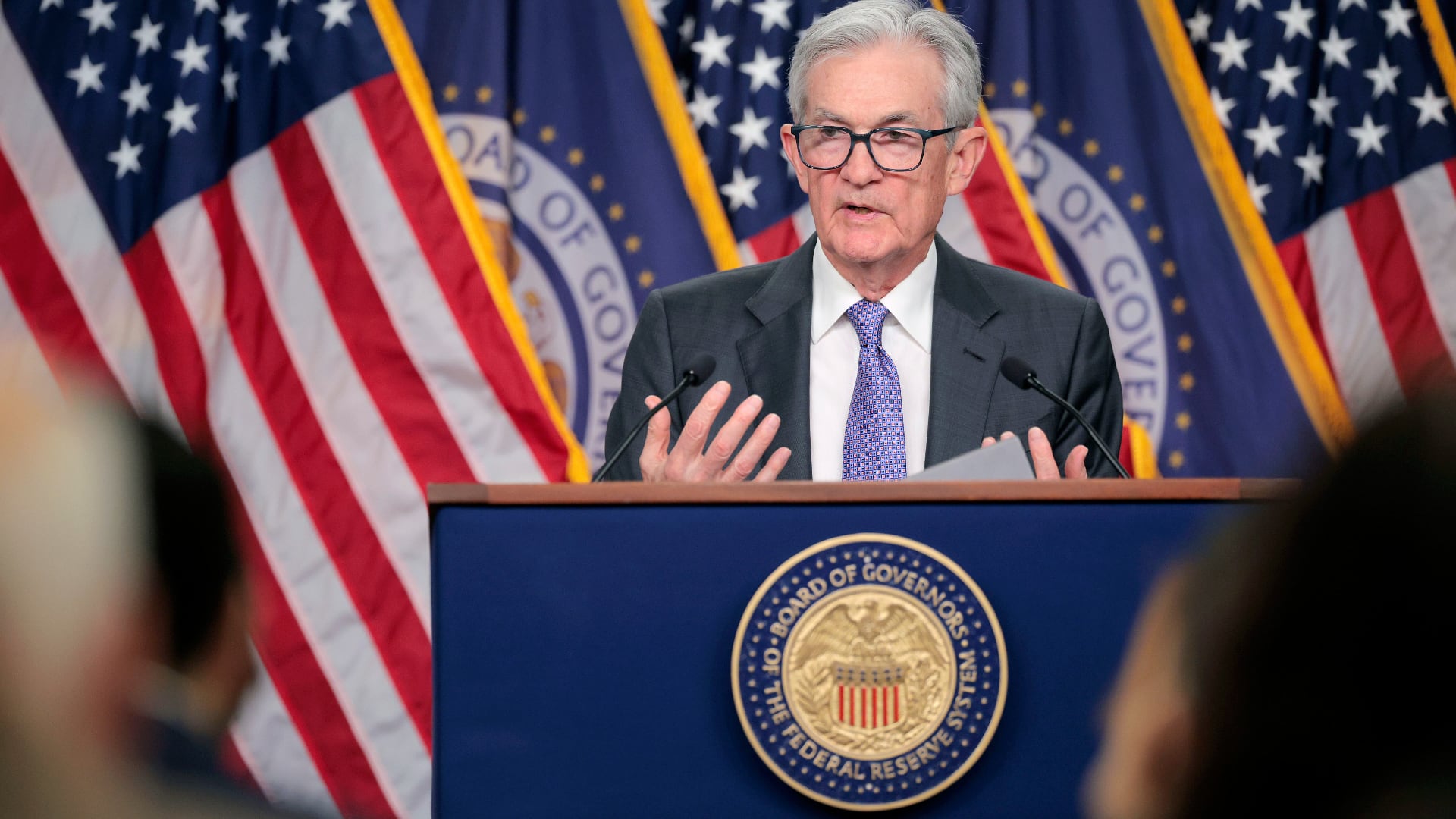From slate roofs in Iowa and Idaho to terra cotta in California, solar panels mounted atop houses and apartment buildings have become a lone bright spot for the U.S. solar industry.
Even as tariffs on imported solar panels and rollbacks of federal clean-air and climate change policies have clouded the solar sector's growth since President Donald Trump took office in 2016, the U.S. residential solar market posted its biggest quarter on record in Q3 2019, according to a report by Wood Mackenzie Power and Renewables.
Homeowners installed 712 megawatts of solar between July 1 and Sept. 30 – equivalent to 93,000 households going solar, representing a 10 percent jump from Q2 and an 18 percent leap from last year.
The growth is propelling an expected 23 percent surge in solar capacity across the board by the end of the year compared to 2018. That's a sharp turnaround from last year when installations ticked down by 2 percent.
More than a dozen states – from sunshine-soaked California, Florida, and Texas to smaller markets in Idaho and Iowa – experienced their strongest quarter in residential solar installations. California topped the list for the third straight year.
"This positive report makes clear that American families are demanding energy choice and solar, and that our industry is ready to deliver," said Abigail Ross Hopper, president and CEO of the Solar Energy Industries Association, which commissioned the report. "This is the kind of growth and investment we could see going forward if we make smart policy moves, like extending the solar Investment Tax Credit and stopping additional tariffs. Failure to make these policy moves will limit deployment potential and cost jobs."
The report comes as the trade association heavily lobbies Congress to extend lucrative tax credits from 2015 that have become a crucial source of support amid the tariffs instituted by the Trump administration.
Even as solar installation surged in the residential sector, and made up 39 percent of new capacity addition through the first three quarters of 2019 – just three percentage points behind the biggest source of new electricity generation, natural gas – growth in non-residential sectors was flat in Q3 and entered a second straight year of annual decline.
The sector is also facing stiff competition from not only cheap natural gas, but a wind-energy sector that's seen its levelized cost drop below that of solar.
"Every dollar is critical to competition," Marlene Motyka, global and U.S. renewable energy leader at Deloitte, wrote in an email to Cheddar. "Therefore the U.S. government's previously imposed tariffs on most imported solar modules, and the recently expanded tariffs on Chinese imports, most recently including bifacial solar modules, are critical to the economics. The U.S. government is also considering increasing tariff amounts. Those increases have to be passed on to the customers."
A Deloitte study published earlier this year found that while business owners and homeowners are aware of the urgent need to address climate change, affordability remains the top concern – and chief challenge – facing renewables industries like solar.
"Interest by residential consumers in installing rooftop solar have fallen from higher levels seen in 2016-17, and 44 percent of respondents cite expense as the top barrier to solar installation," Motyka said.









